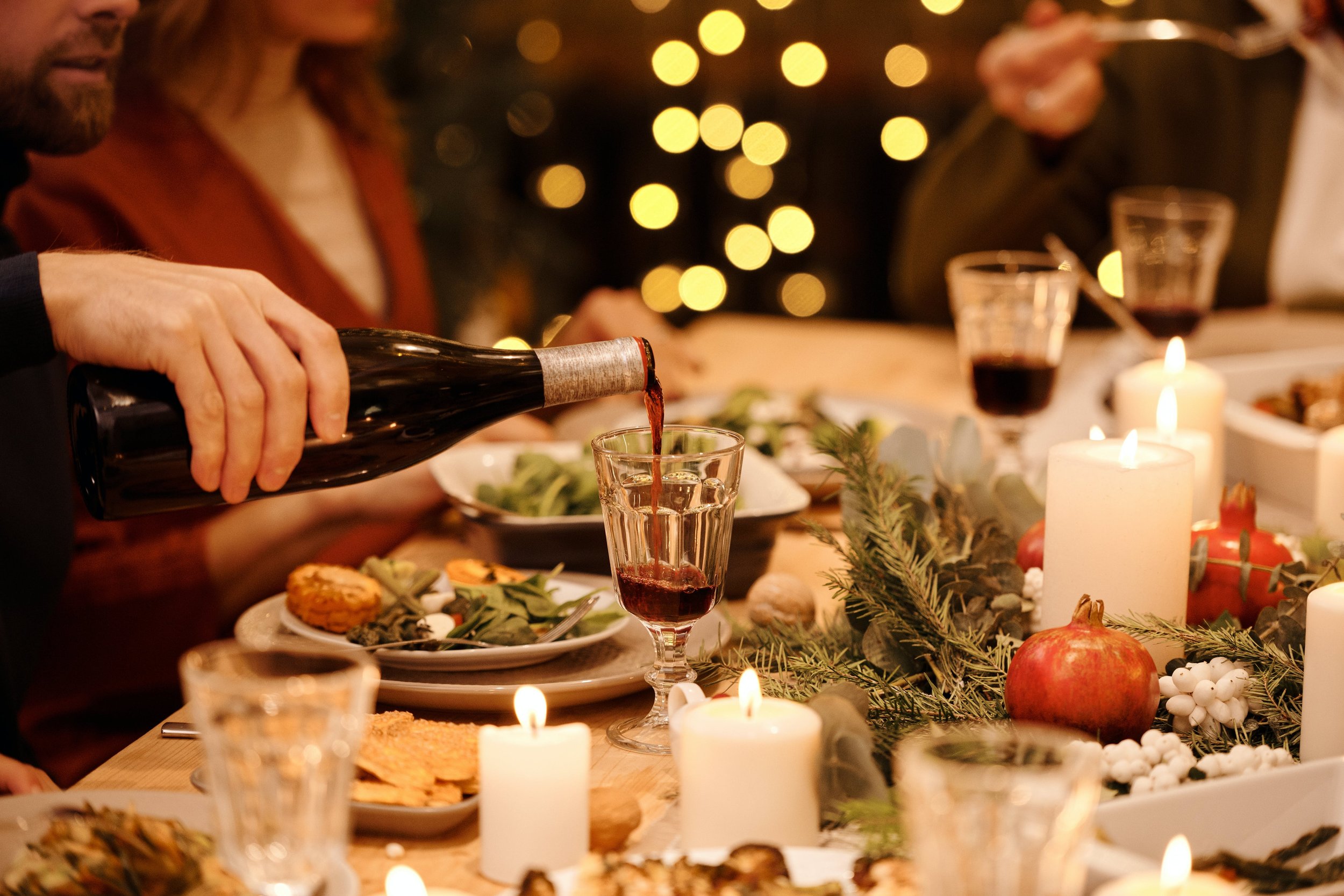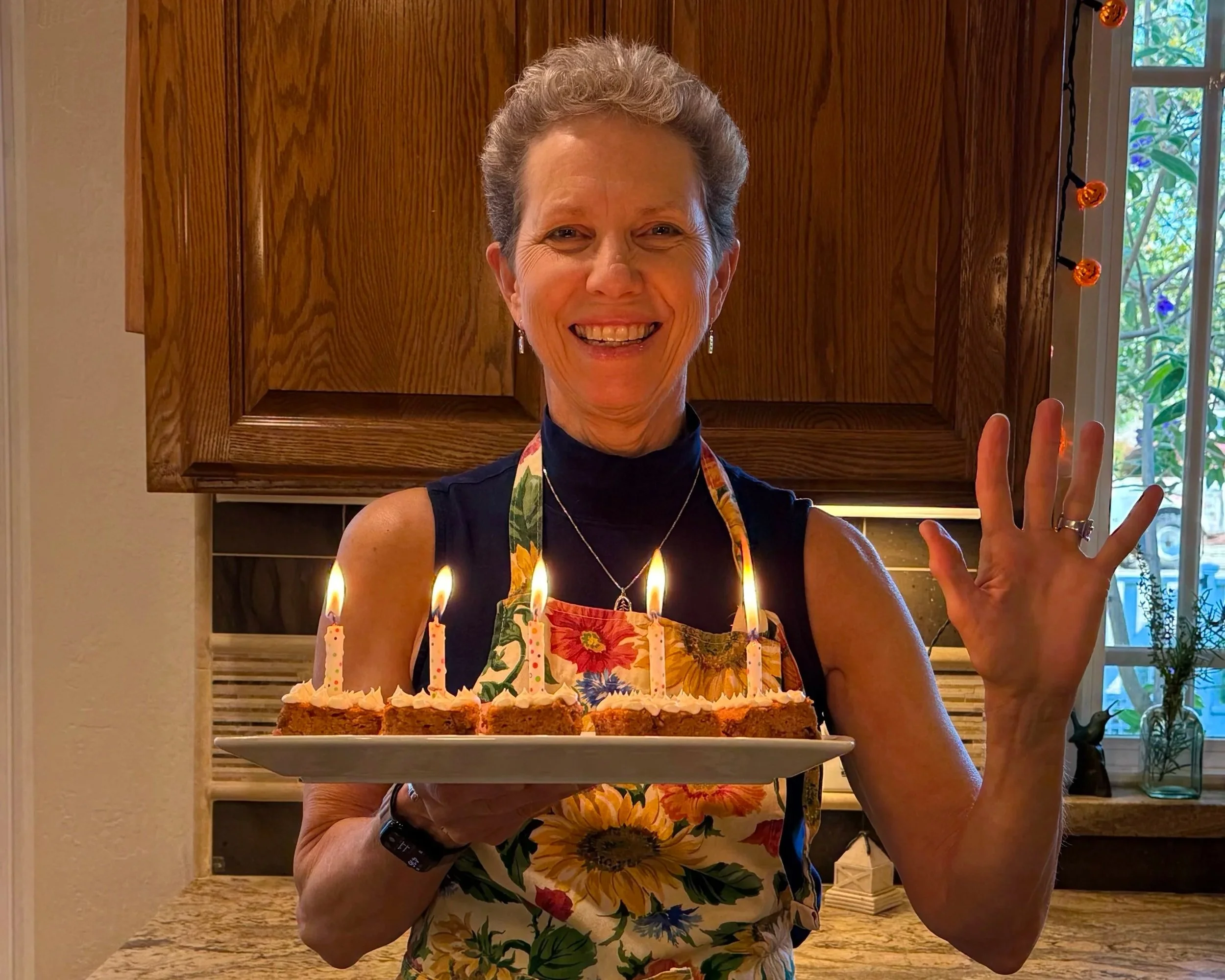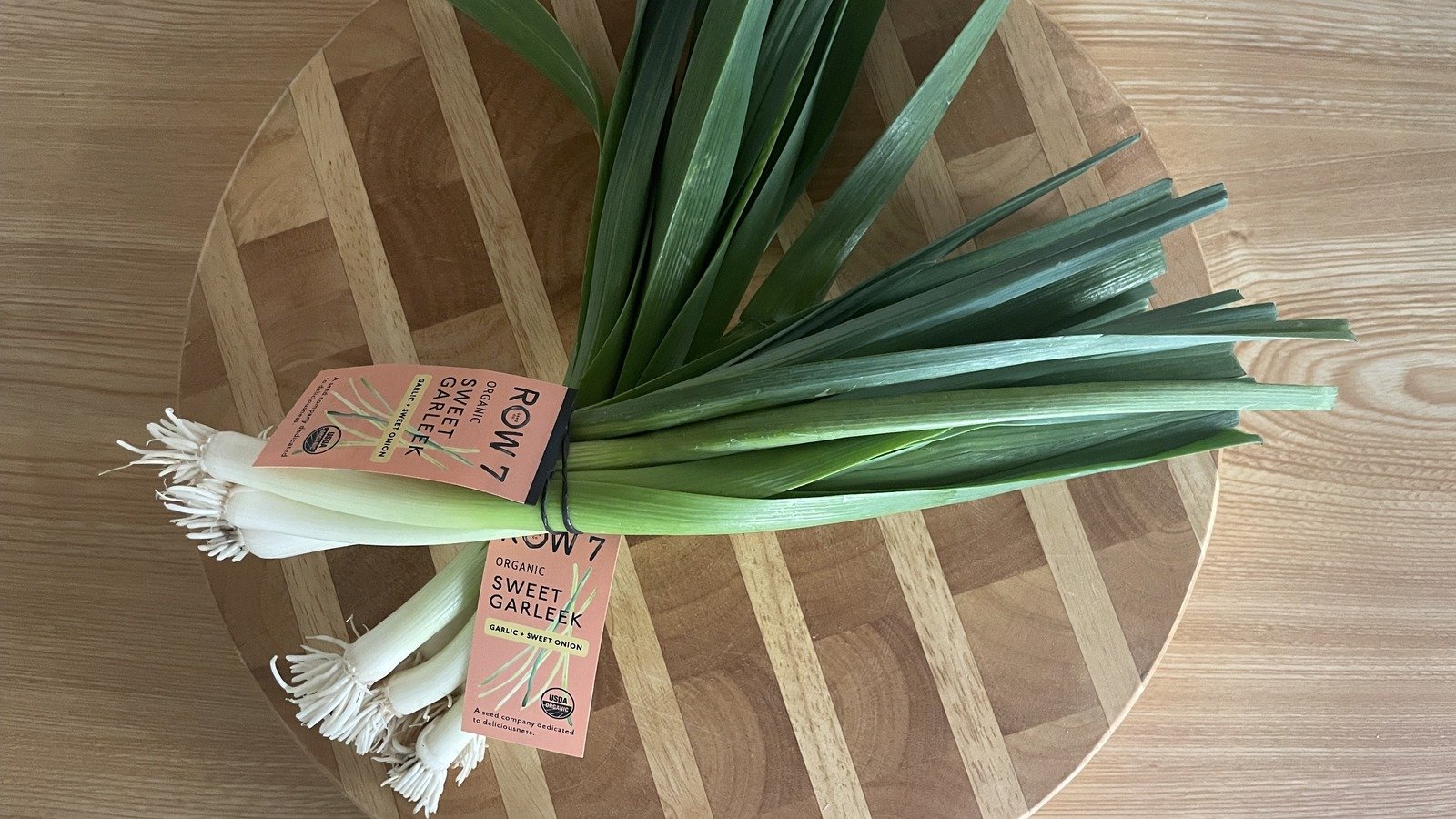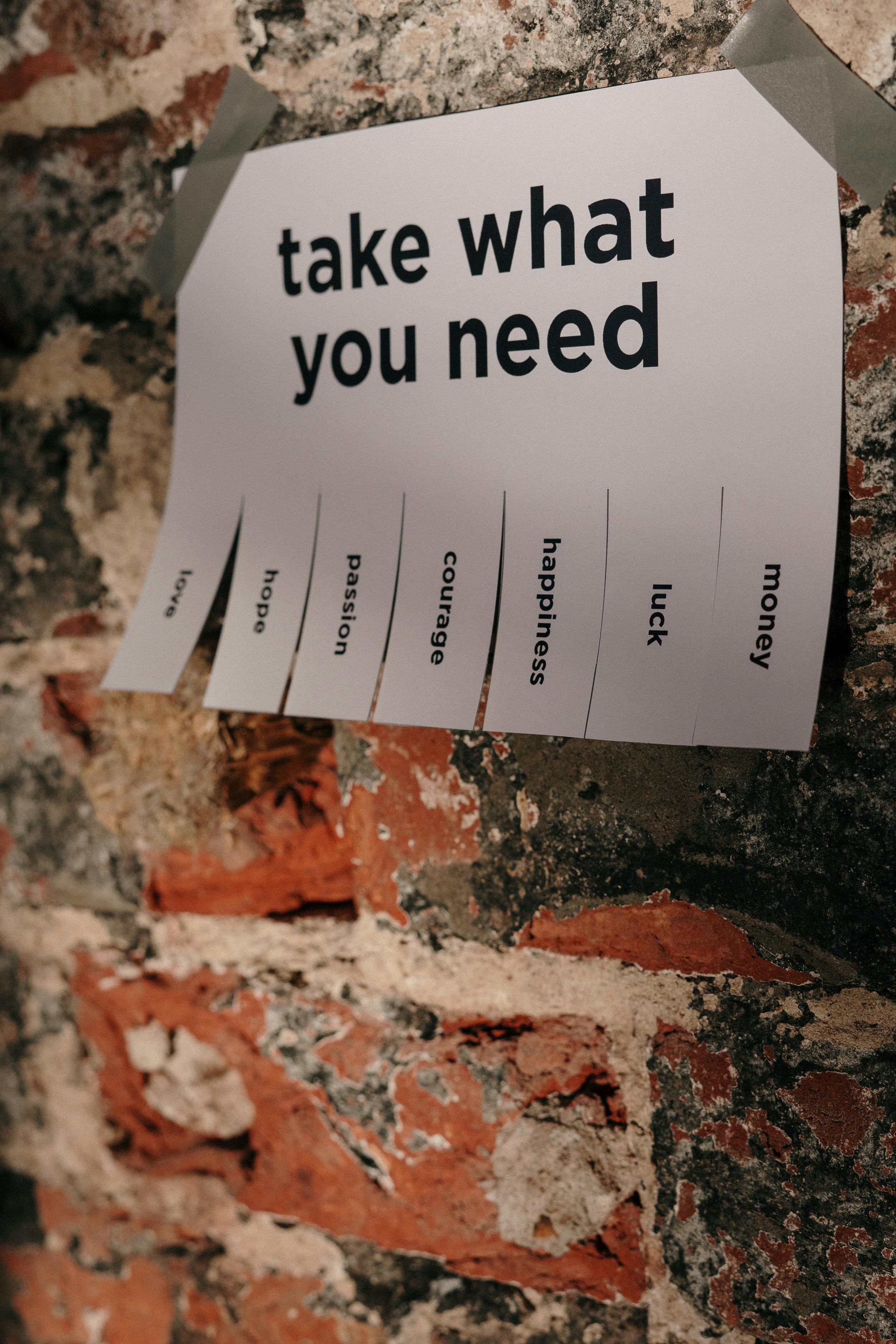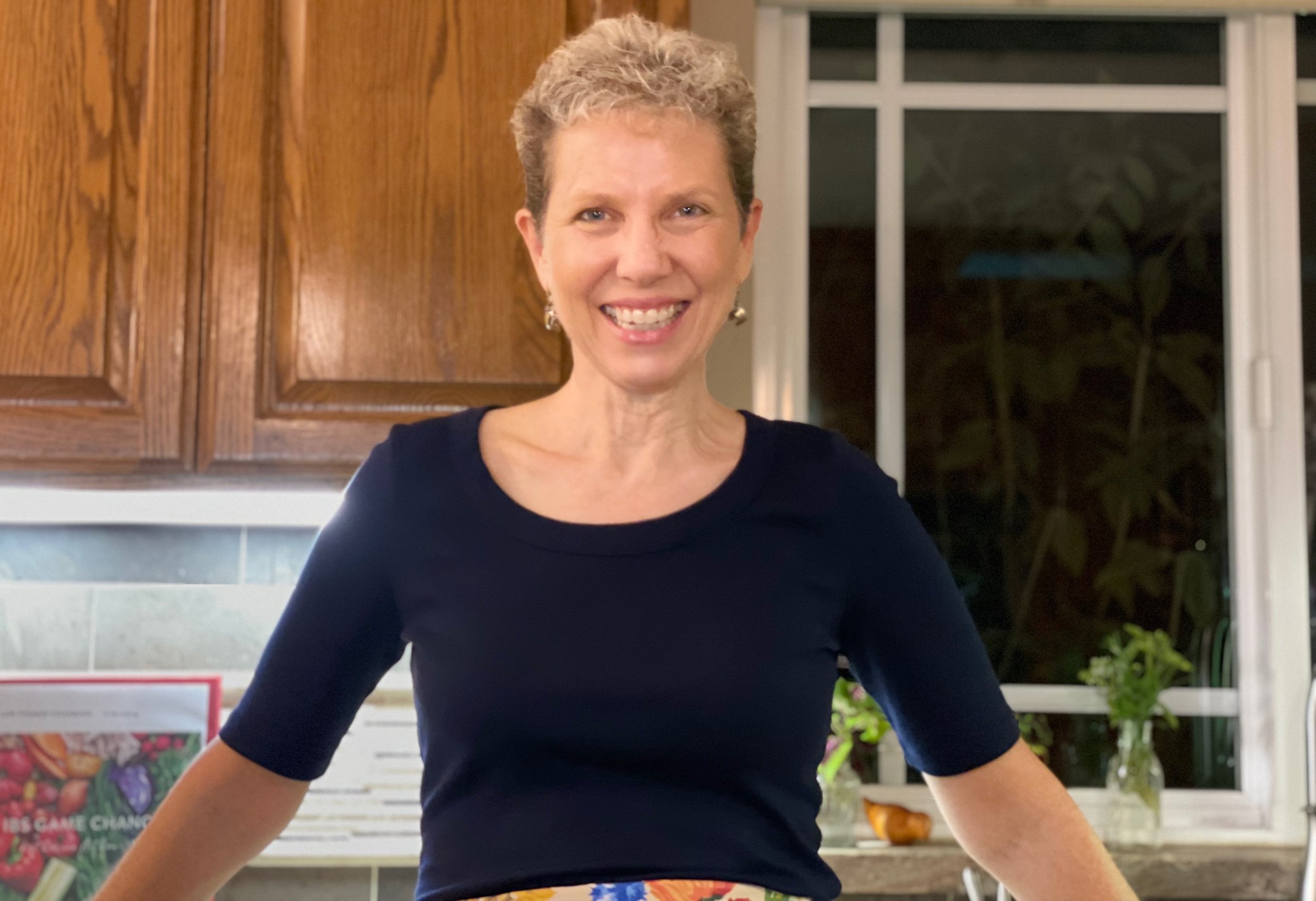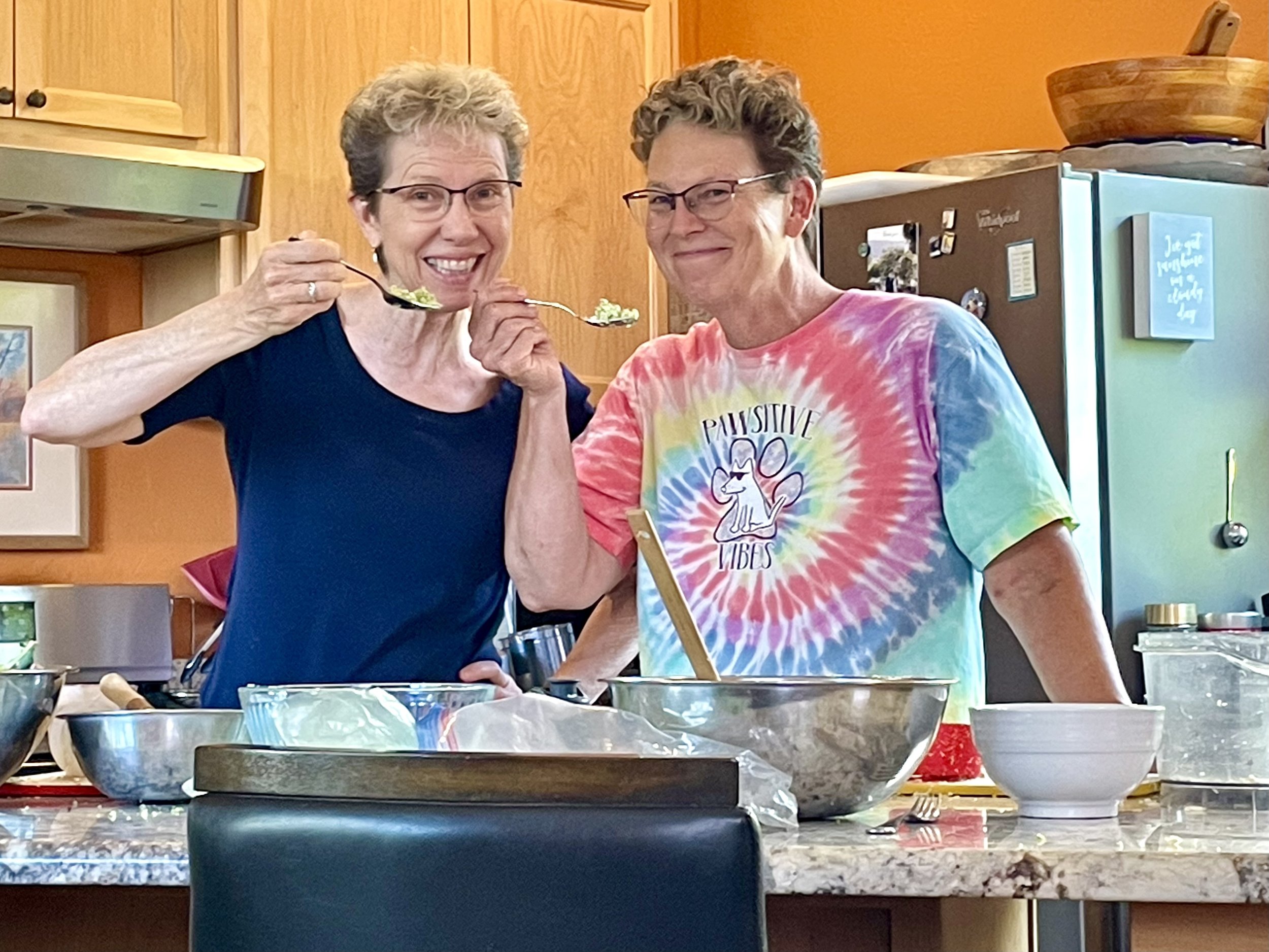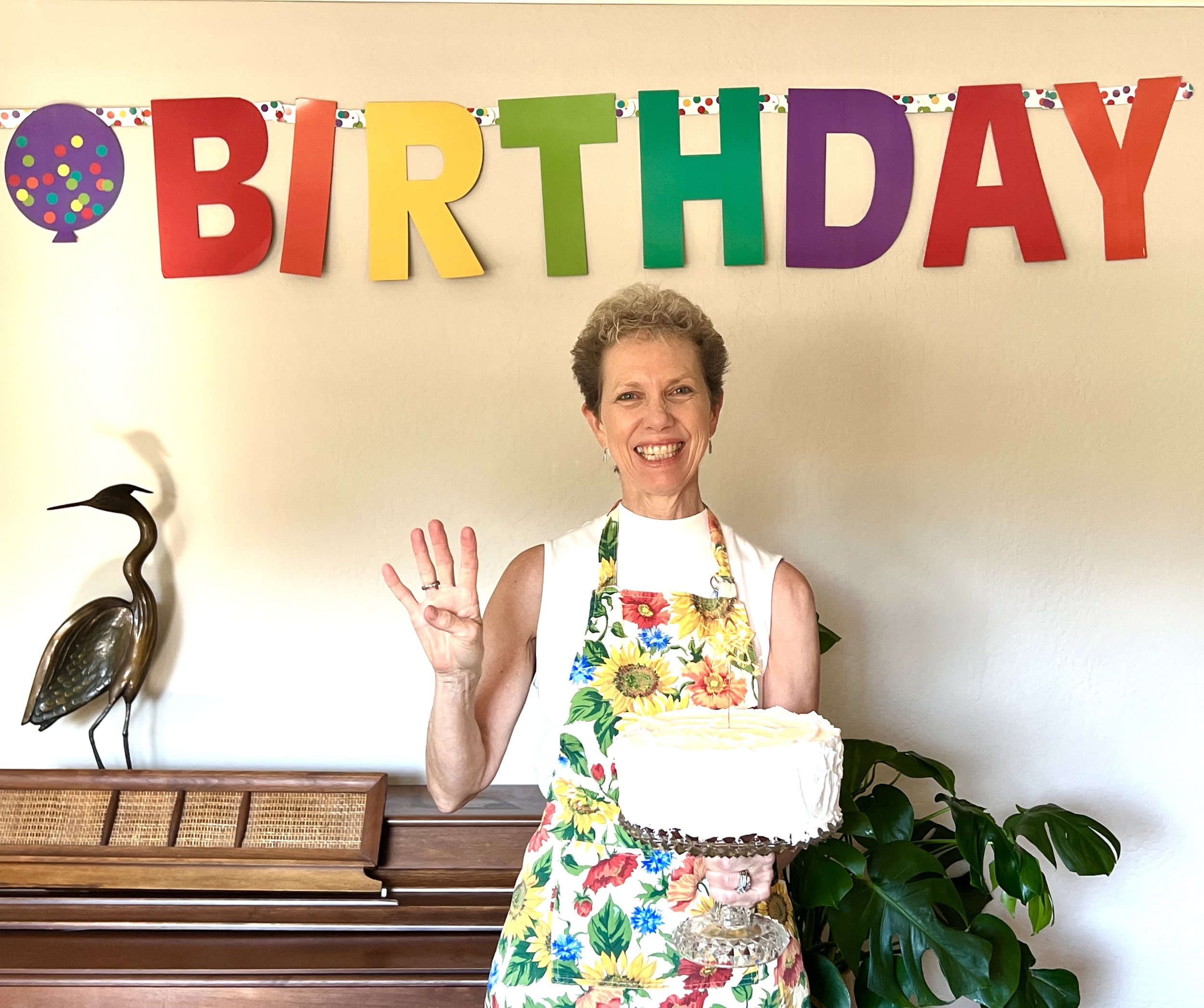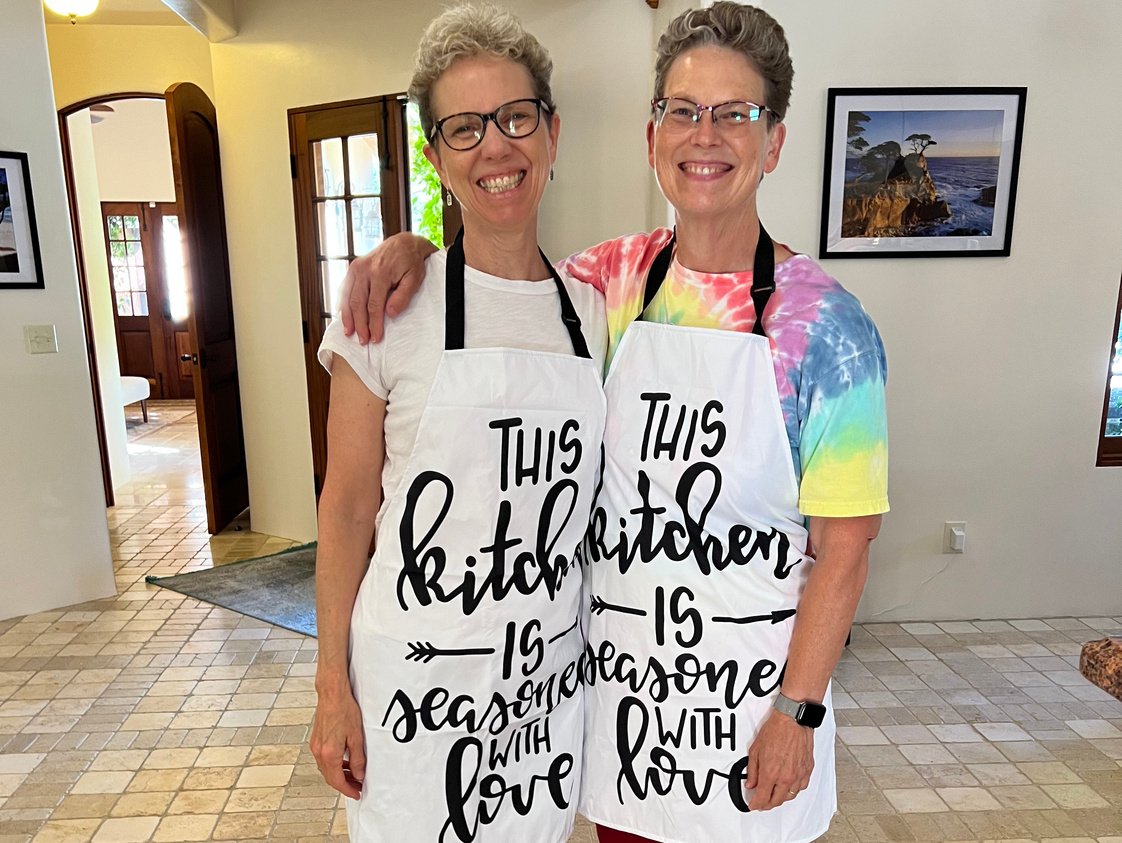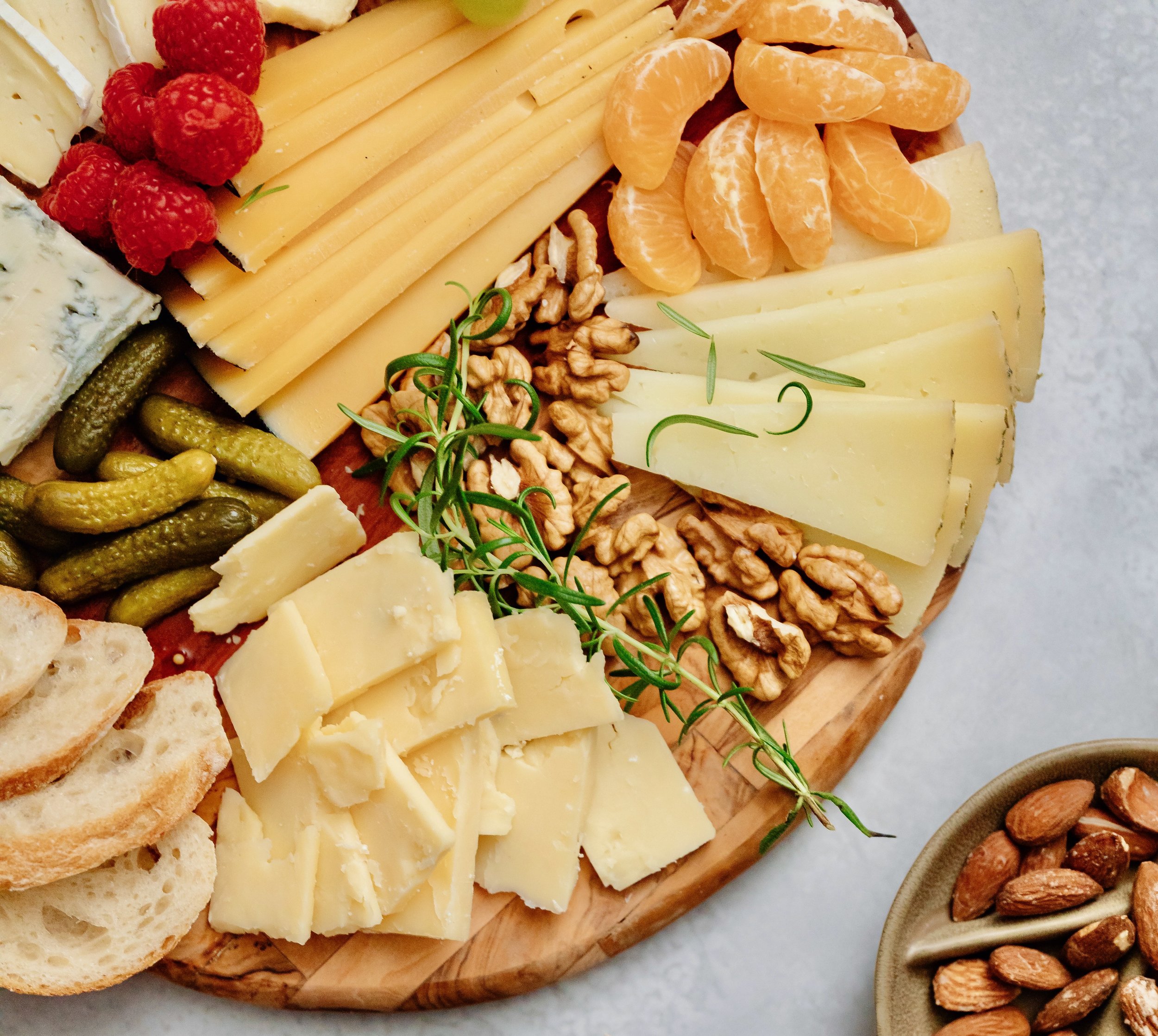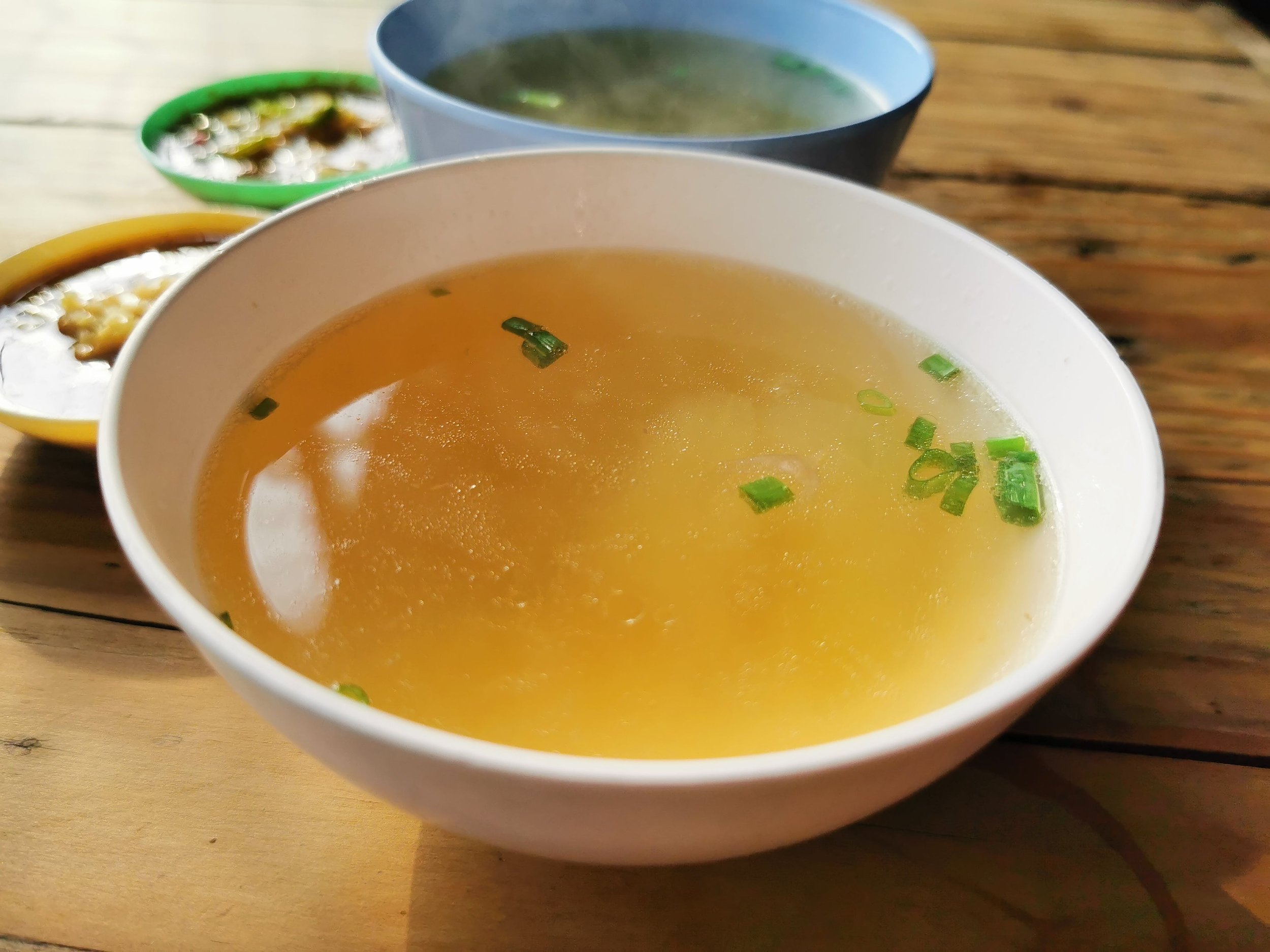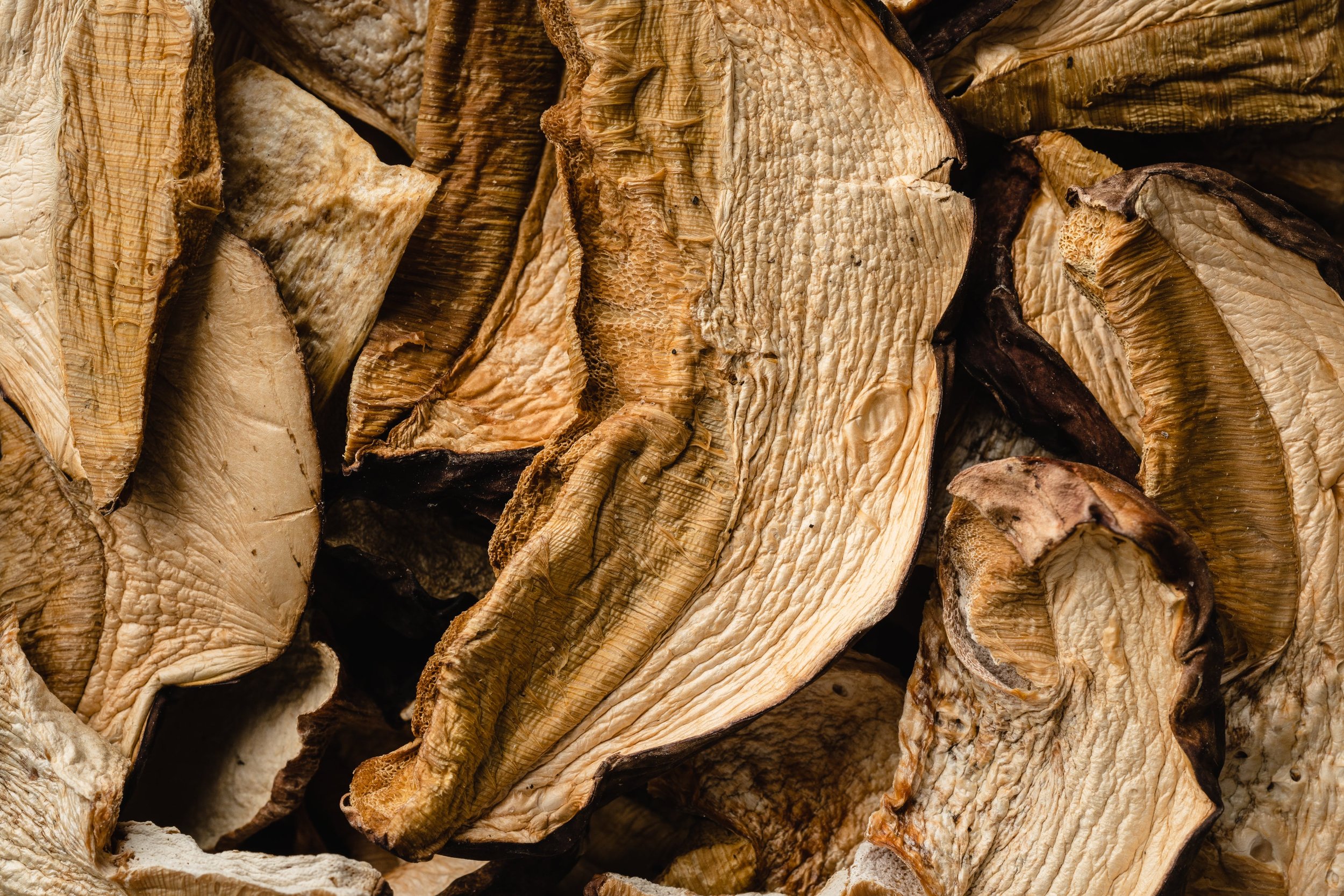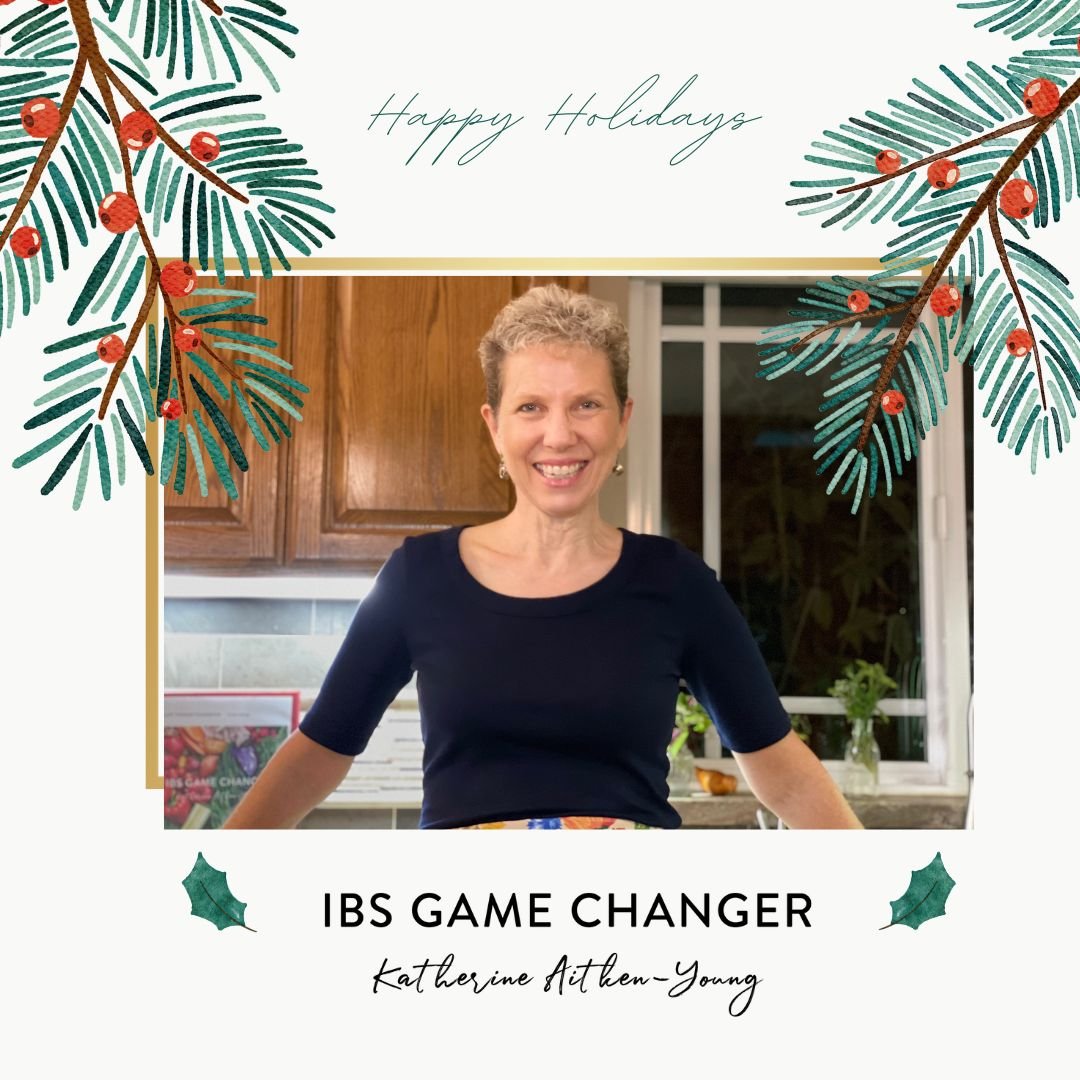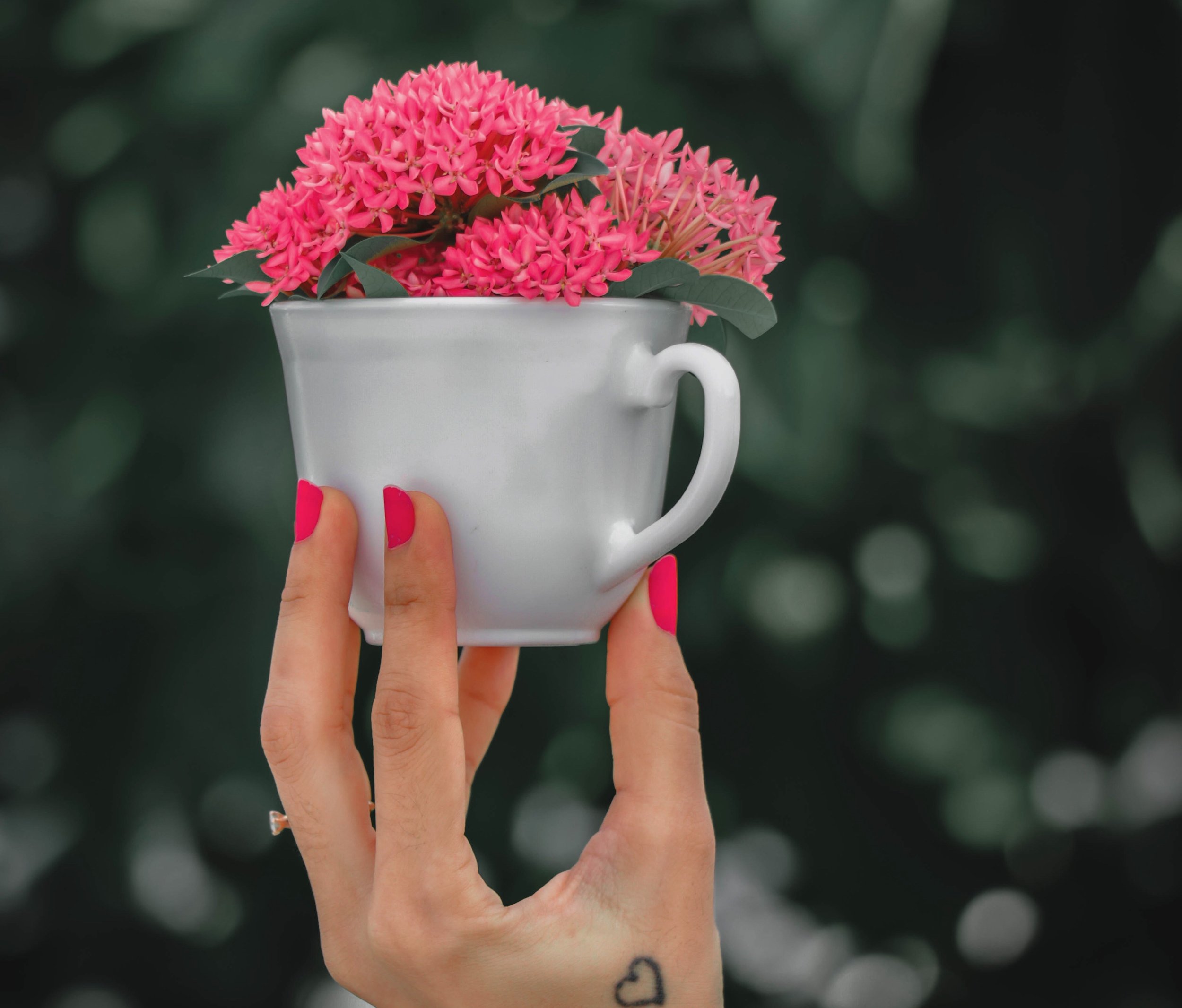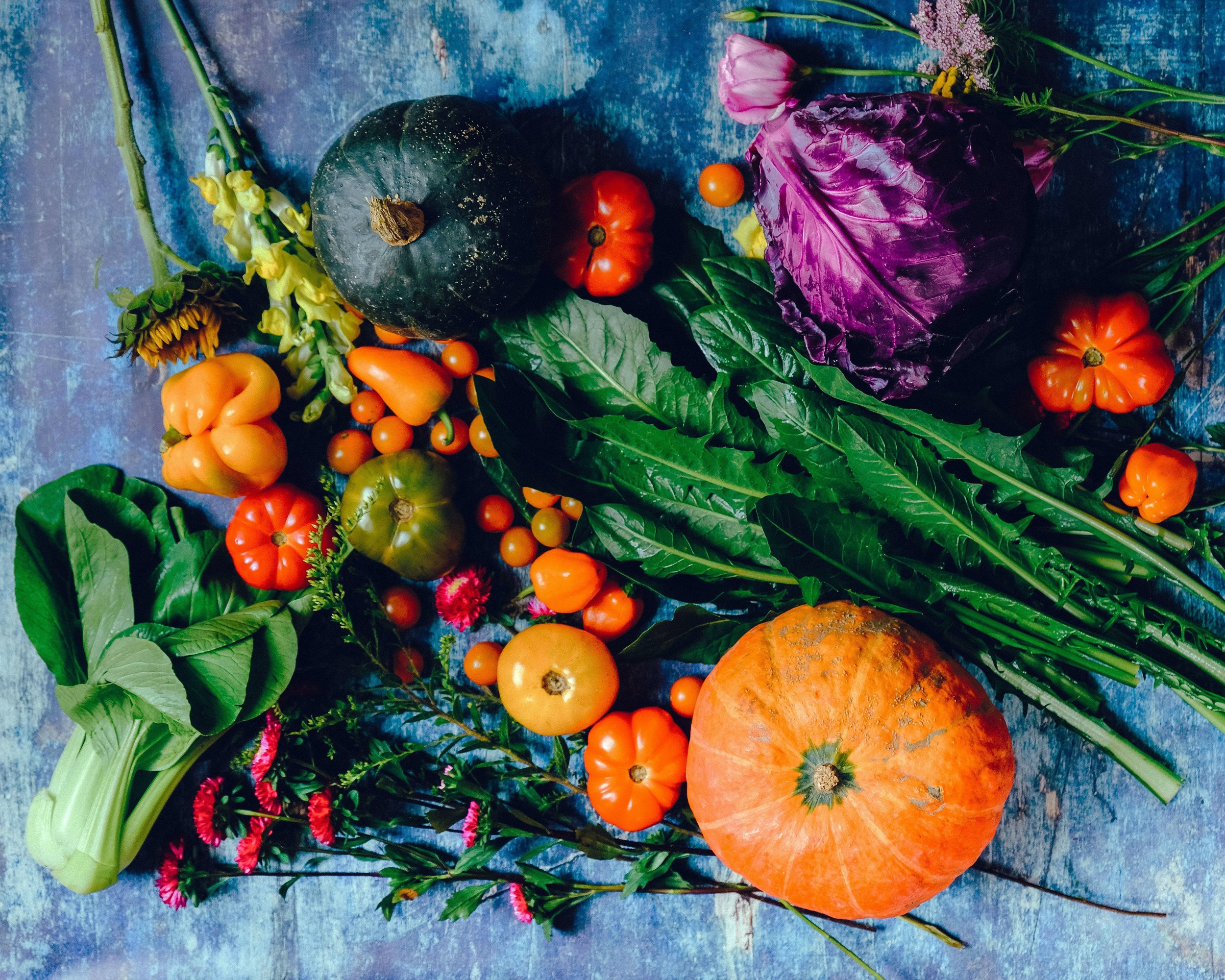Celebrating Life and Love: Exploring Dia de los Muertos
As many of you know, I’m in Mexico this week celebrating Dia de los Muertos, or the Day of the Dead, and remembering my dad, my aunt, my good friend Mary Lea, and many others. It is a vibrant and richly symbolic Mexican tradition that has captured the hearts of people around the world. While it may sound like a somber occasion, it's far from it. In fact, Dia de los Muertos is a joyous celebration of life, love, and remembrance. Let me share a little bit about the occasion with you in case you might like to celebrate too!
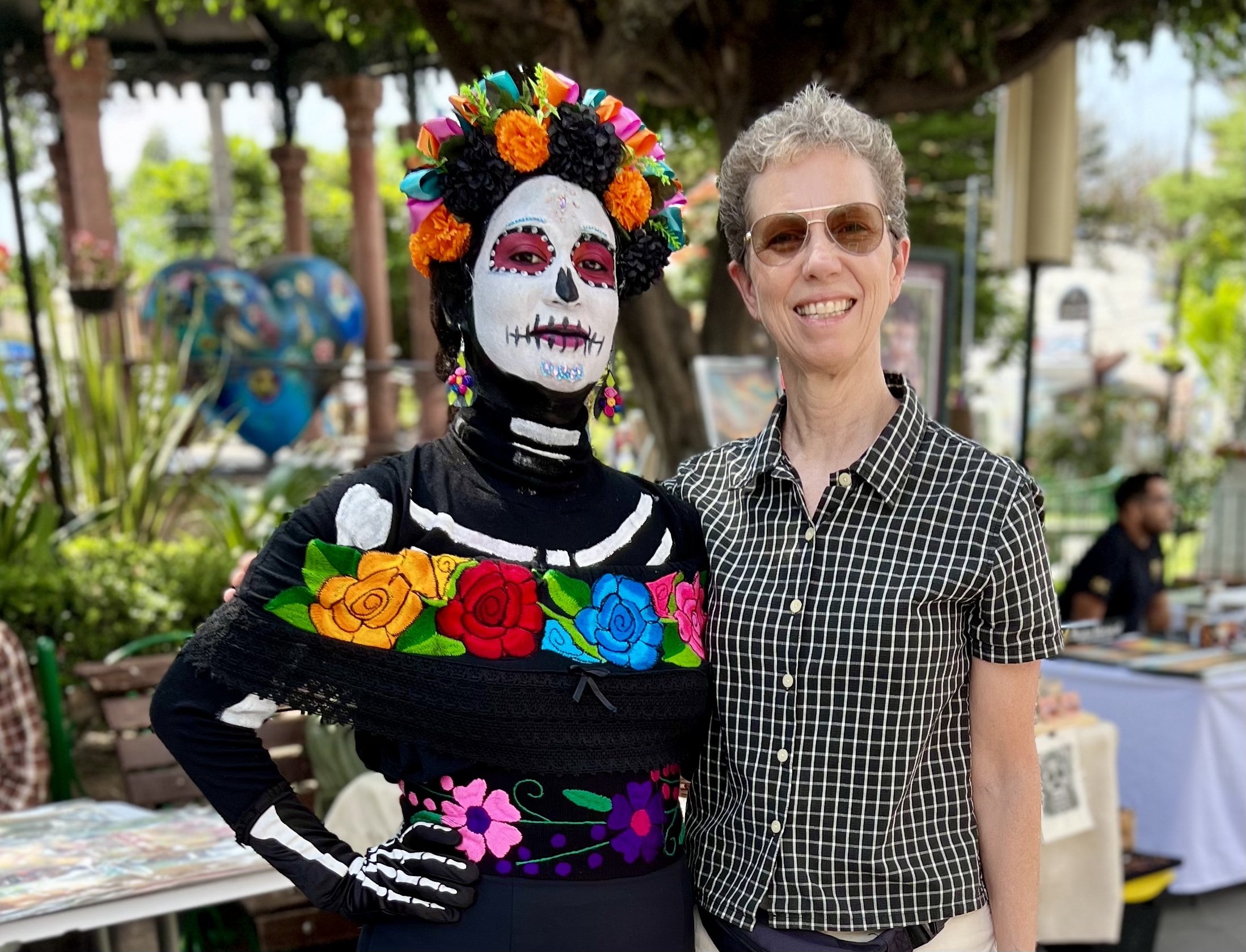
What is it all about?
Dia de los Muertos has deep roots in Mexican indigenous cultures and is influenced by a blend of Aztec and Catholic beliefs. It is a two-day celebration that coincides with the Catholic holidays of All Saints' Day and All Souls' Day, which take place on November 1st and 2nd. This celebration is now considered one of the most important and celebrated holidays in Mexico.
One of the most iconic elements of Dia de los Muertos is the creation of ofrendas, or altars, dedicated to loved ones who have died. These ofrendas are adorned with marigold flowers, sugar skulls, candles, family photographs, special bread called pan de muertos, and favorite foods and mementos of the departed. They serve as a warm invitation for the spirits to visit the world of the living.
Calaveras, or sugar skulls, are colorful and intricately designed sugar candies. They are often personalized with the names of the dead and placed on ofrendas. The creation and decoration of sugar skulls have become an art form, with talented artisans crafting them with exquisite detail.
Marigold flowers, known as cempasúchil in Mexico, play a significant role in Dia de los Muertos and they are everywhere. Their vibrant orange and yellow petals are believed to guide the spirits of the deceased to the ofrendas. These flowers are used to create intricate pathways leading to the altars.

Food is a central element of Dia de los Muertos. Families prepare the favorite dishes of their departed loved ones and share meals together. Pan de Muerto, a sweet, decorated bread, is a common treat during this celebration.
Many people, both young and old, paint their faces as calacas, or skeletons, and dress in colorful attire for parades and gatherings. These lively and cheerful costumes are a visual representation of the celebration's lively spirit.
Dia de los Muertos is a beautiful tribute to the cycle of life and death. It's a time when families come together to remember their ancestors, celebrate their lives, and find comfort in the belief that the spirits of their loved ones are with them. This tradition teaches us that death is not an end but a continuation of the adventure, and that love and remembrance are everlasting. So, as we embrace Dia de los Muertos, we also celebrate life and the enduring connection we have with those who have passed.
More Deliciously Low FODMAP™ tips and tools
After the holidays or any time you want to improve your relationship with food, use these techniques to master mindful eating and regain control of your health.
Plant variety is only part of the picture. There’s another factor that doesn’t get as much attention but plays a big role in microbiome health: your sodium intake.
Garleek is a vegetable that's a cross between garlic and leeks, and the low-FODMAP greens add a wonderful flavor to your savory dishes
In this blog post I’m sharing 8 strategies to overcome the feelings of discouragement and fear that may be standing in the way of your success.
If you want to try a food that has not yet been tested and added to one of the low-FODMAP apps , one of the most important tools in your low-FODMAP arsenal is self-testing.
In this blog post, I explore some of the ways deep tissue massage can support IBS symptom management, giving you one more tool in your toolbox to find a holistic path to comfort and well-being.
One of the biggest challenges when struggling with gut issues is getting answers to your many questions about cause and treatment. With this in mind, we in the content creator space, work hard to bring you specific and actionable information to help answer your questions.
Since launching IBS Game Changer, I’ve been on a mission to support individuals living with Irritable Bowel Syndrome (IBS) by providing expert coaching, delicious recipes, and essential tips for symptom management.
In this post, I’m sharing many of the essential pantry staples I use in my recipes all the time.
One of the biggest challenges when struggling with gut issues is getting answers to your many questions about cause and treatment. With this in mind, we in the content creator space, work hard to bring you specific and actionable information to help answer your questions.
Monash University recently re-tested avocados for FODMAP content and they made an interesting discovery
In this blog post, I’m addressing the intricate relationship between anxiety and Irritable Bowel Syndrome, exploring how they impact each other, and giving you some specific things you can do to get them both under control.
Not all cheeses are created equal in terms of their compatibility with the low FODMAP diet. This article will help you make informed choices that align with both your preferences and your gut health.
The warmth and soothing nature of bone broth can provide relief from digestive discomfort. Sipping on a warm cup of bone broth may help ease symptoms such as bloating and cramping.
From Mindful Munching to making Social Connections — here are some tips for a happy holiday!
Research underscores the point that moderate-intensity exercise often outperforms vigorous exercise in relieving IBS symptoms. But individualization is key.
Taking a moment each day to acknowledge and appreciate the positive aspects of our lives can have a profound impact on our well-being.
How can you ensure your gut biome is in the best shape possible? I’ve put together the top 10 strategies to promote a healthy and diverse gut biome. Read on…
